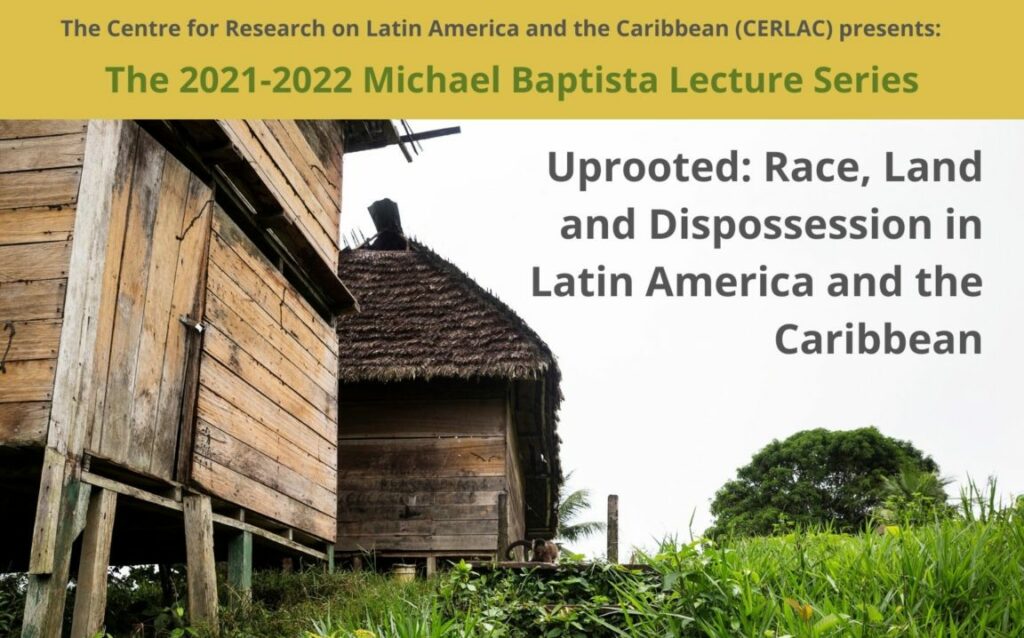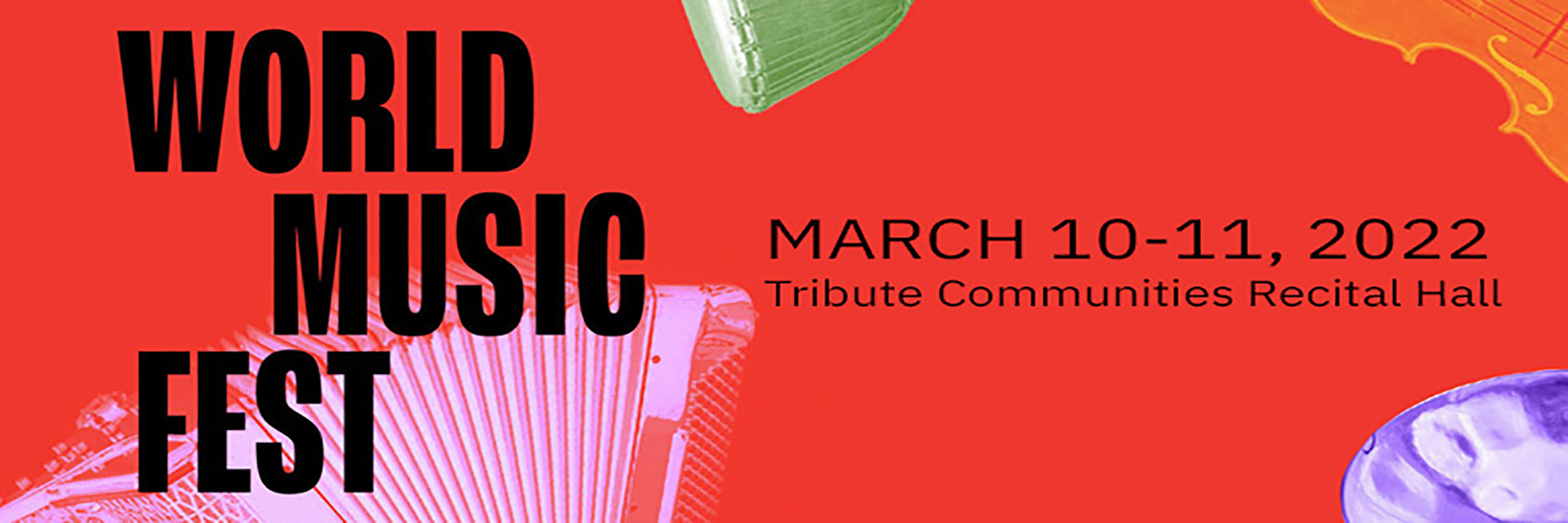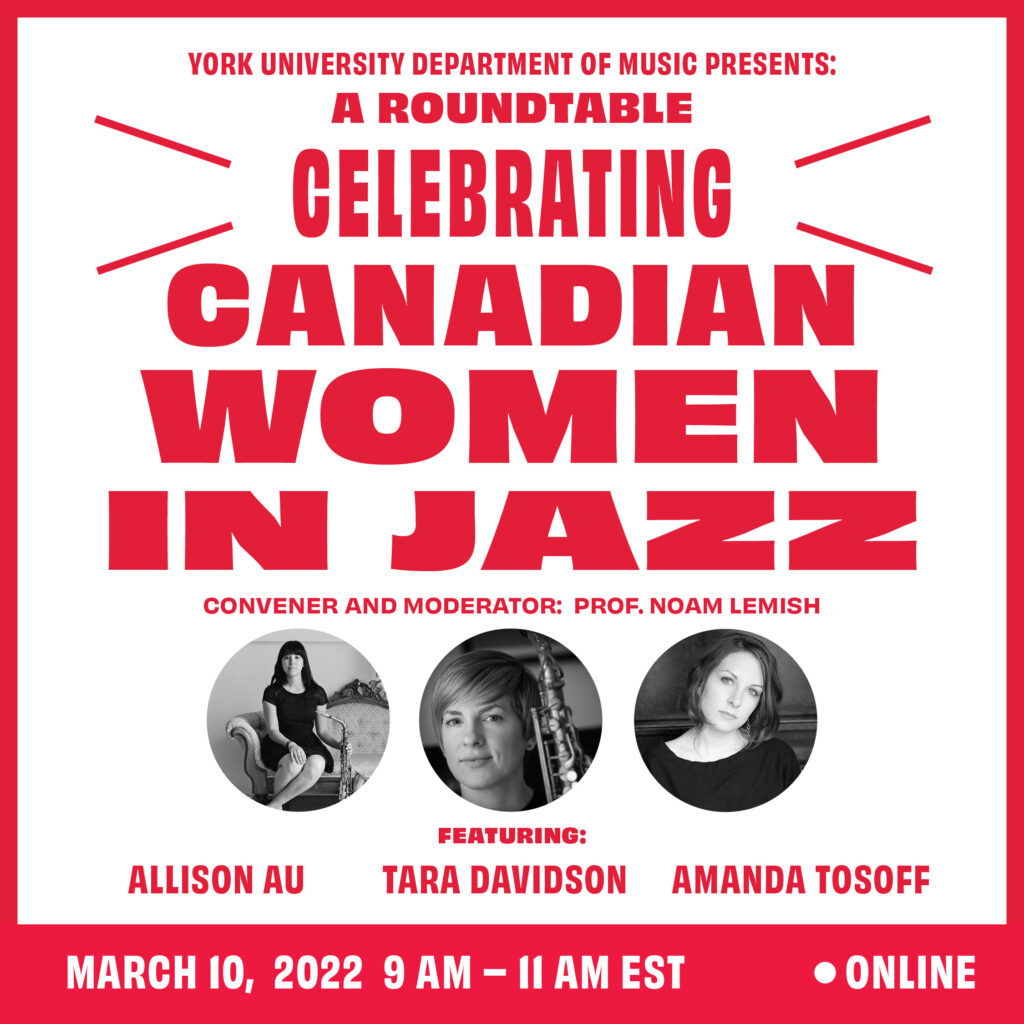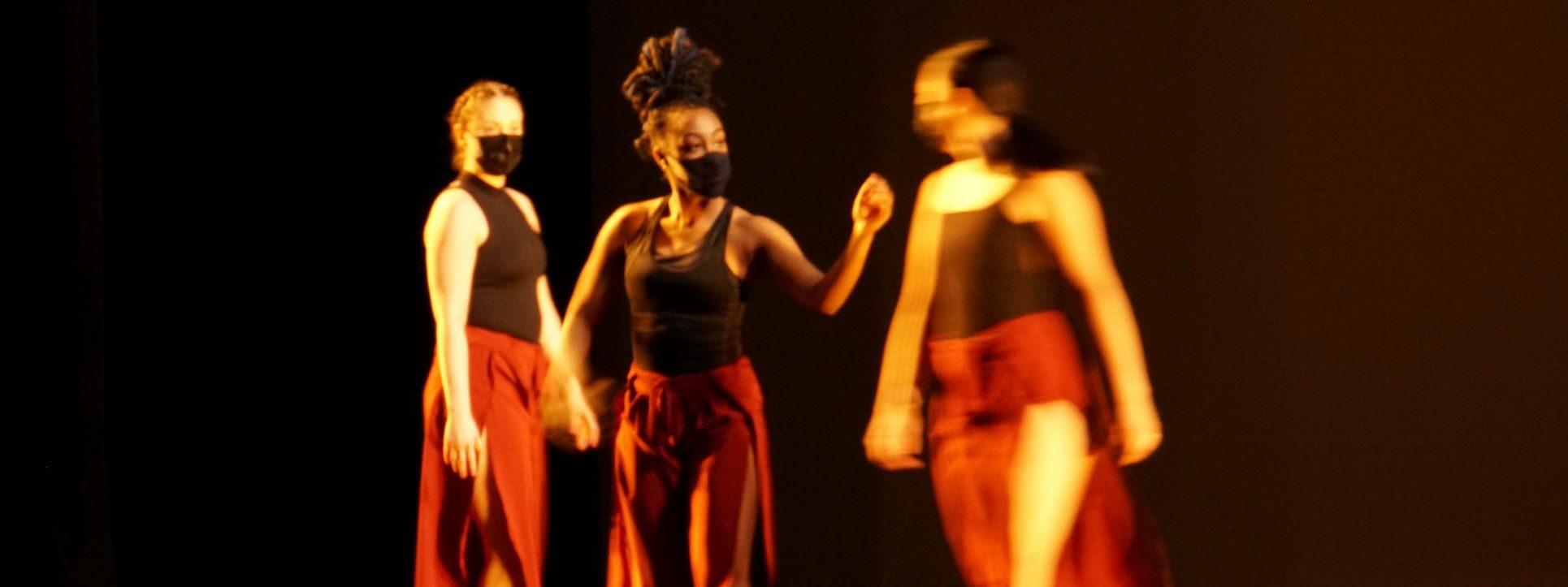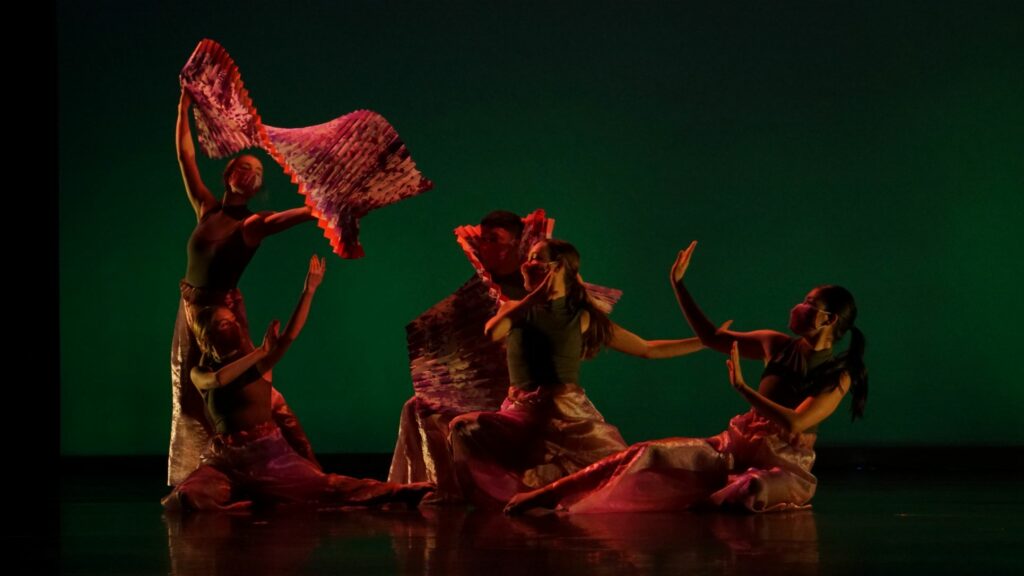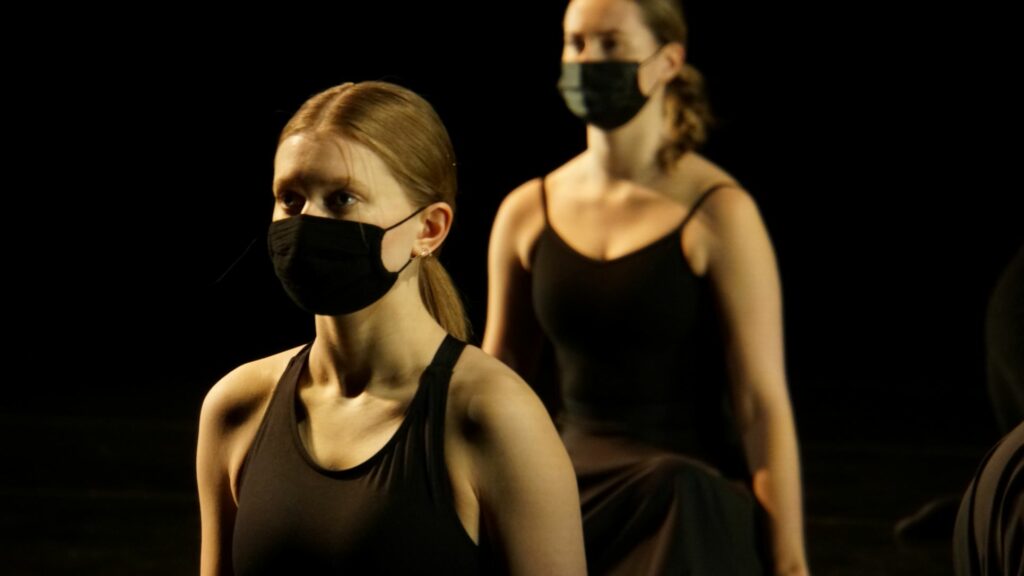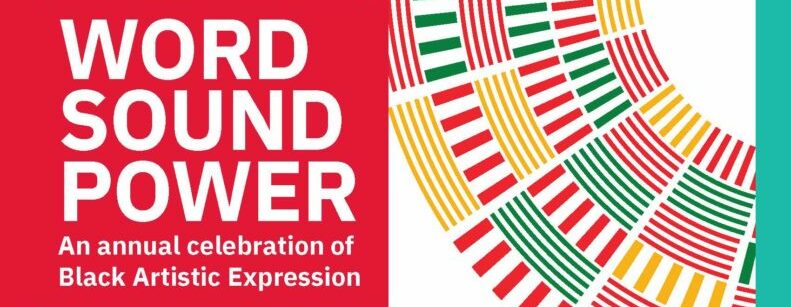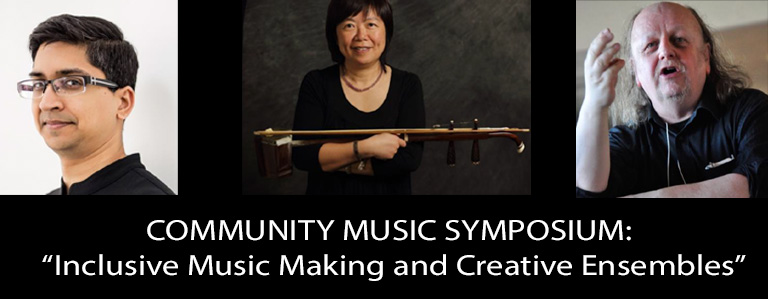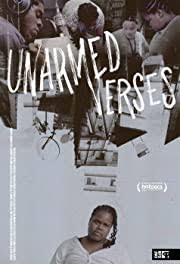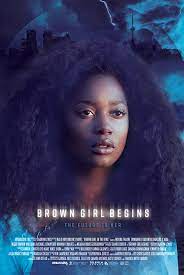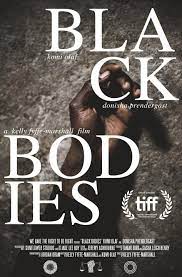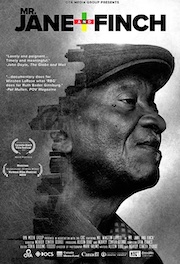By Krista Davidson
Since 2009, Ontario schools are mandated to implement culturally responsive pedagogy in response to the Ontario Ministry’s Equity and Inclusive Education Strategy. However, Canadian Black cultural arts educators face significant challenges when they implement culturally responsive teaching in GTA schools, according to a recent publication by Collette Murray, a PhD student in dance studies at the School of the Arts, Media Performance & Design at York University.
These challenges include Anti-Black racism, institutional unpreparedness, cultural appropriation and delegitimization of Black Canadian cultural artistry by school administrations.
The qualitative study “Educating from Difference: Perspectives on Black Cultural Educators’ Experiences with Culturally Responsive Teaching” was released in the Canadian Journal of History’s special issue on Black Canadian Creativity, Expressive Cultures, and Narratives of Space and Place, in December 2021. Murray engaged in semi-structured interviews with an intergenerational group of Black artists to capture their experiences working across school boards.
“The research represents a nuanced conversation with Black artists, in a first-time inquiry of their career teaching culturally relevant work,” explains Murray.
“We’re not just here for performative reasons but that is sometimes what is defined. We can teach and relate to the curriculum themes and bring our cultural knowledge and epistemologies,” she says. In addition to her role as a dance educator and cultural arts programmer, Murray holds a master’s of education and specialized honours in race, ethnicity and Indigeneity from York University. She is also a renowned artist and an award-winning performer.
“The work of cultural art educators centers the frames of reference of culturally and ethnically diverse students, so they can engage in relatable and new learning. We offer arts-based learning outcomes that promote cultural competency and tap into their critical consciousness,” she explains.
However, some Ontario schools are often not prepared when it comes to implementing cultural arts into the curriculum. The cultural arts, which integrates oral (words, speech, text, song), visual (imagery, dress, artifacts), auditory (innovative music, rhythms, instruments) and kinesthetic (physical practices) play a critical role in shaping the identities and offering intergenerational values, specifically to Black and diverse students. Murray’s research gave examples of teachers who displayed racial bias, who appropriated or misrepresented their cultures. In several instances, teachers did not attempt to communicate or collaborate with cultural art educators to implement their experiential learnings and weren’t prepared with the necessary space or logistical requirements to successfully engage students.
One example includes an art educator who uses percussionist storytelling to relay important themes and lessons around kindness and anti-bullying, but due to a lack of communication with the teacher, was provided with an inappropriate environment for which to carry out the lesson. Furthermore, his teachings were delegitimized with reductionist comments such as “it’s just drumming. You don’t need to have a specific space.”
Murray also indicates that discrimination, unconscious bias and microaggressions continue to persist among teachers who often didn’t understand the value-add that cultural arts can provide in the classroom. This results in racist or ignorant comments, sometimes even in front of students. In past instances, a few teachers left the room during lessons or refused to engage with the teaching, which sent a strong signal to both the artists and students that the lessons were not a valuable part of the curriculum.
The hiring of Black Canadian artists only for the purposes of Black Heritage Month is not new, but generated some feelings of tokenism among artists, that the culturally relevant education they provided was transactional rather than relational to the curriculum.
“It’s disrespectful to Black Canadian cultural art educators,” she says. “Many of whom have degrees and work professionally in the arts industry for decades.”
Murray’s research makes several recommendations to improve the Canadian educational institutions relationship with Black creatives in inclusive education. One goal is understanding the cultural art educator’s role.
“Arts educators wished to be valued as assets, in a collaborative role that is a visible part of the curriculum,” says Murray.
She recommends that schools should move beyond “checking the box” with regards to inclusion and intentionally improve relationships with a vetted, qualified roster of cultural arts educators. She advocated for the creation of full-time positions for Black cultural art educators across school boards to facilitate and guide curriculum initiatives.
To reduce anti-Black racism within schools and from teachers, she recommended ongoing equity training among boards and administrations, including an improved understanding of complicity in cultural appropriation, cultural representation and issues surrounding shadeism/colourism.
Finally, Murray recommends the collection of race-based data on the impact of cultural art educators across Ontario education institutions.
“This data would recognize evidence-based artistry that is funded and critical to diversifying knowledge exchange that occurs between students and cultural art educators,” she says.
While small changes occur, Murray’s research amplifies the issue and is optimistic.
“We are shifting stereotypes. We are debunking the negative perceptions towards our cultural arts and we’re supporting the internationalization of the classroom. Students are connecting with that, and in some cases, it’s a pivotal moment for them – to become very engaged, curious and confident,” she says.





